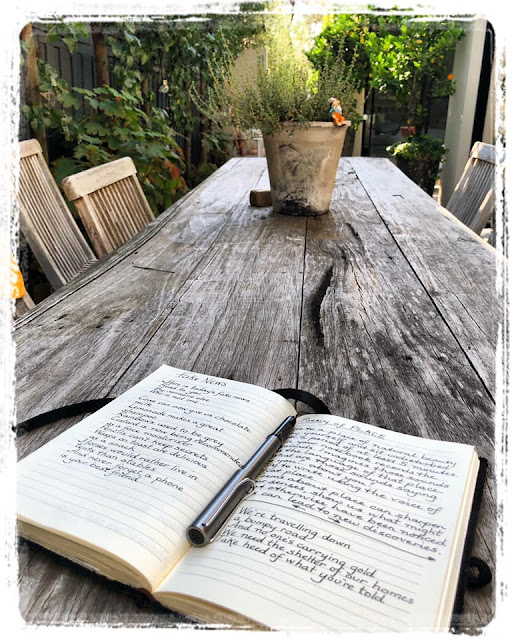Revisiting the Notion of a Writer's Notebook

I do not keep a writer’s notebook. It keeps me. It keeps me writing. It keeps me thinking. It keeps me closely observing my world. As Ernest Hemingway declared, ’I belong to this notebook and this pencil.’ I write most days and on the days when I don’t write, I am usually considering what I want to write next. I cannot stay away. My notebook beckons to me continually. None of my notebooks would be considered a journal or a diary. They are quite clearly writer’s notebooks. Meant for the collective random gatherings of my life and the sometimes scatty world inside my head. Something pops up and I feel the strong compulsion to write it down just in case I might need it later. Fleeting thoughts sitting comfortably alongside more considered comments. Creative bursts of reflection and scattered recollections are scattered across the hungry pages of my notebook. I do not use sections in my notebooks. Nor do I number pages or keep an index. I tried these things once and they only br...


